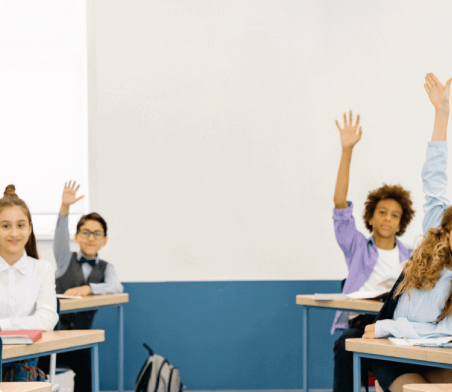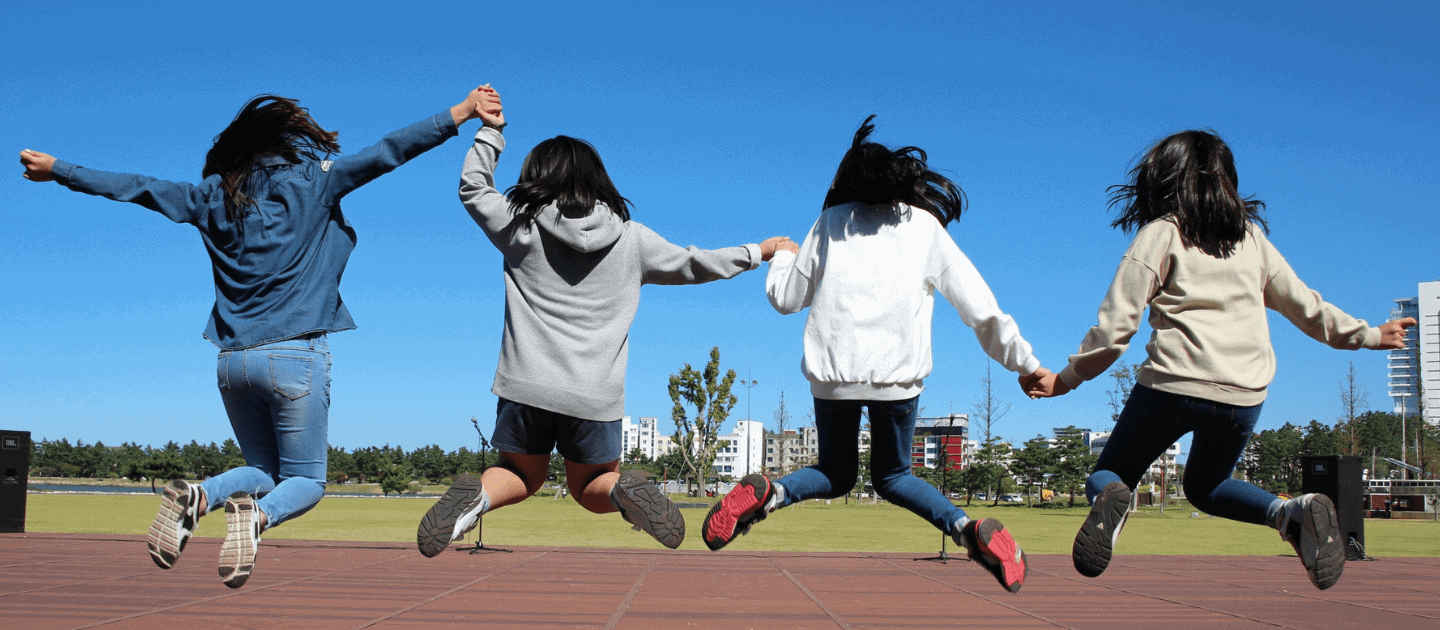
The Relationship between Social Emotional Learning and Life Satisfaction
With the shift to online learning, the pandemic has not only compromised academic progress for students but has also led to a lack of social-emotional support, especially for those students coming from underprivileged backgrounds.
06 Oct 2022

